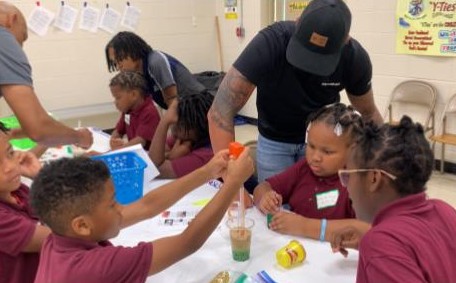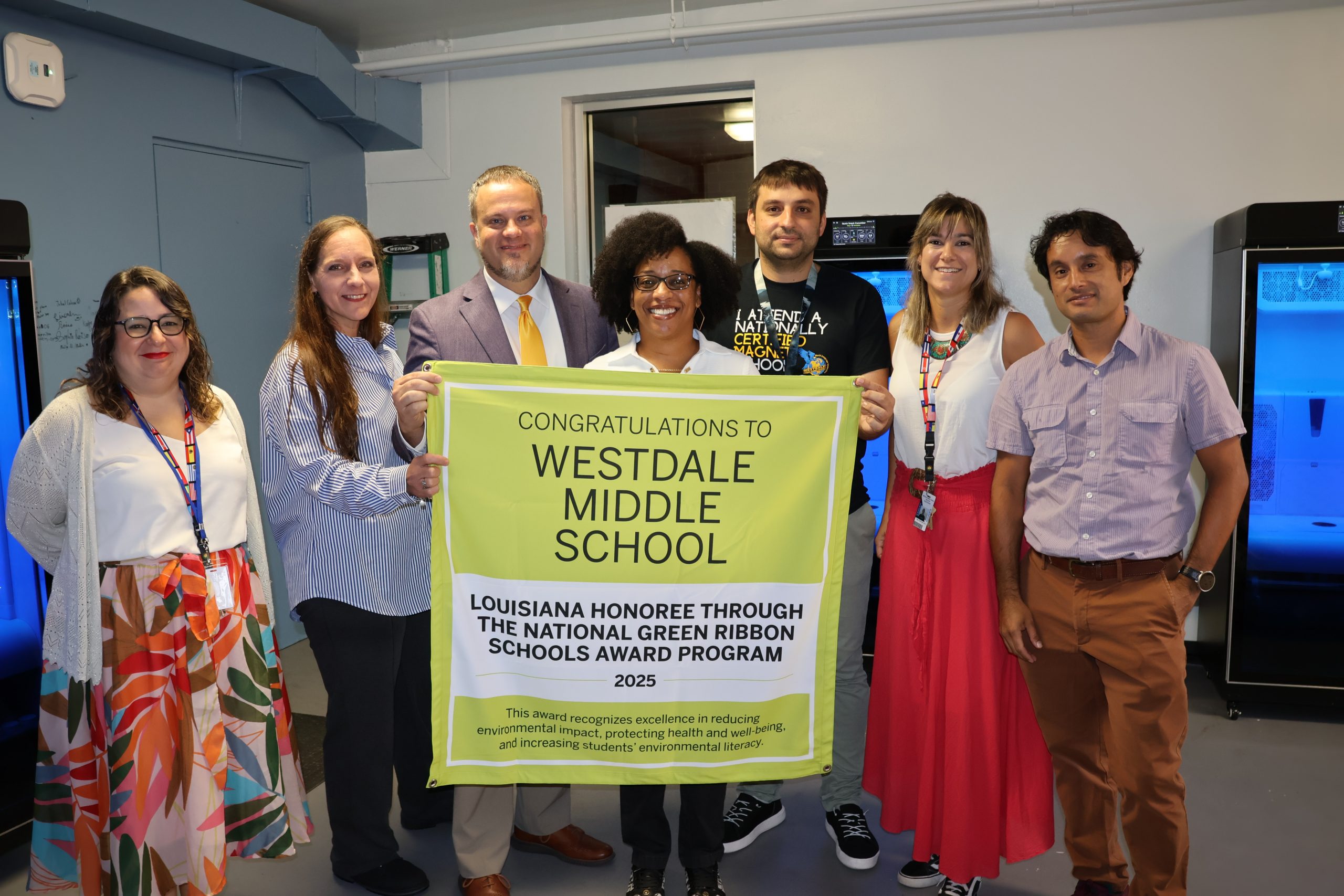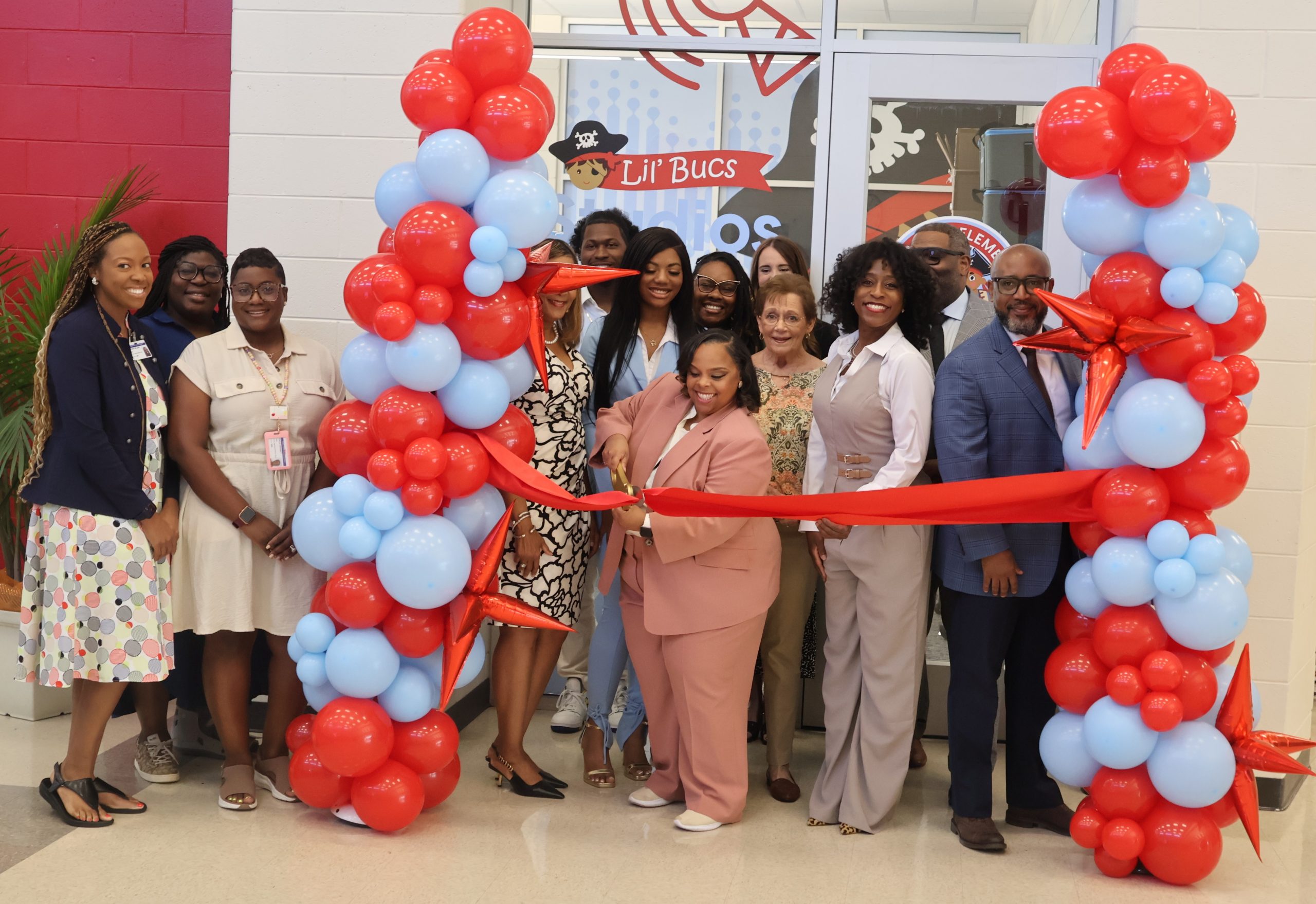Sharon Hills Elementary School students and educators recently participated in a new pilot program focused on carbon dioxide (CO₂) and its effective management in a lower-carbon future. The school welcomed academic leaders from Rice University’s Tapia Center and representatives from ExxonMobil Pipeline Co., who partnered to develop and launch the initiative.
The Tapia Carbon Project introduces students to technology designed to reduce CO₂ emissions through engaging in STEM (science, technology, engineering, math) activities. The interactive curriculum explores how CO₂ is captured and transported to geologically suitable sites for permanent underground storage. Through this hands-on approach, students gain a deeper understanding of CO₂ — its origins, its environmental impact and how carbon capture and storage (CCS) can play a key role in addressing climate change.
“Understanding STEM concepts is vitally important to the future of every student we teach,” said Sharon Hills Principal Angela D. Sims. “Interactive, fun, age-appropriate activities like the
ones today really drive home science lessons in a way that kids can easily comprehend and add to their knowledge base. We’re grateful to ExxonMobil and Rice University’s Tapia Center for piloting their elementary STEM program at Sharon Hills.”
Sharon Hills teachers led a demonstration showing how carbon dioxide can be captured and safely stored deep underground, helping reduce emissions’ environmental impact. Over 120 students participated in a hands-on activity to build their own model carbon capture reservoirs using everyday items like Play-Doh, vegetable oil, water, and noodles to simulate porous and impermeable rock layers.





